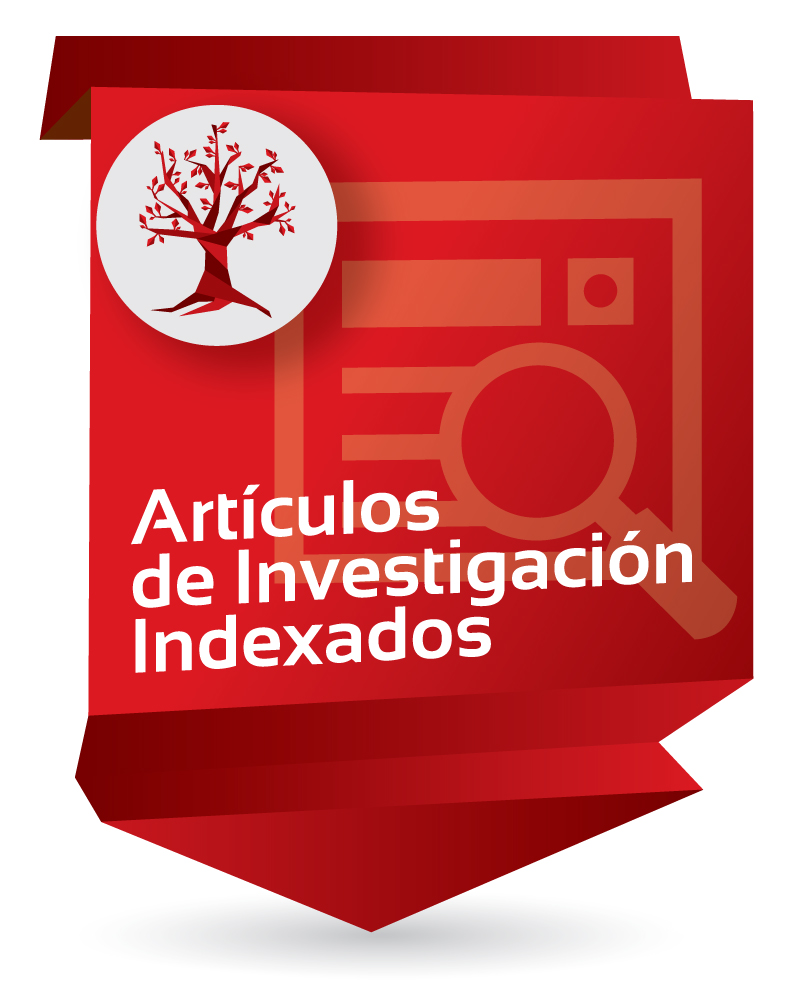Postdeployment calibration of a tropical UHF profiling radar via surface-and satellite-based methods

Enlaces del Item
URI: http://hdl.handle.net/10818/59762Visitar enlace: https://www.scopus.com/inward/ ...
DOI: 10.1175/JTECH-D-18-0020.1
Compartir
Estadísticas
Ver Estadísticas de usoCatalogación bibliográfica
Mostrar el registro completo del ítemFecha
2019Resumen
Wind profiling radars are usually not calibrated with respect to reflectivity because such calibrations are both unnecessary for good wind measurements and costly. However, reflectivity from calibrated profilers can reveal many atmospheric attributes beyond winds. Establishing ways to calibrate these radars even after they have been taken out of service would expand the utility of archived profiler data. We have calibrated one operating mode of a 915-MHz profiler deployed at Manus, Papua New Guinea (1992–2001), using two methods. The first method adjusts a radar parameter until the profiler’s estimate of rainfall during stratiform events closely matches surface observations. The second adjusts the parameter so that mean brightband heights observed by the profiler (July 1992–August 1994) match the mean brightband reflectivities over the profiler as observed by the TRMM Precipitation Radar (January 1998–July 2001). The results differ by about 5% and yield very similar precipitation errors during tested stratiform events. One or both of these methods could be used on many other wind profilers, whether they have been decommissioned or are currently operational. Data from such calibrated profilers will enable research employing the equivalent reflectivity factor observed by profilers to be compared with that from other radars, and will also enable turbulent studies with Cn 2. © 2019 American Meteorological Society.
Ubicación
Journal of Atmospheric and Oceanic Technology 36 (9), 1729-1751
Colecciones a las que pertenece
- Facultad de Ingeniería [580]

















